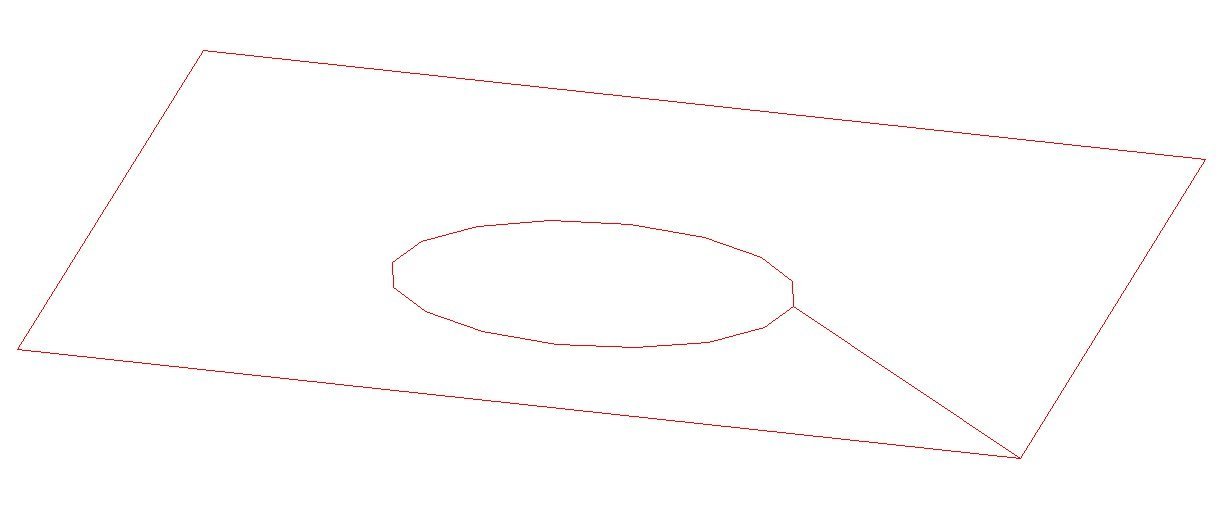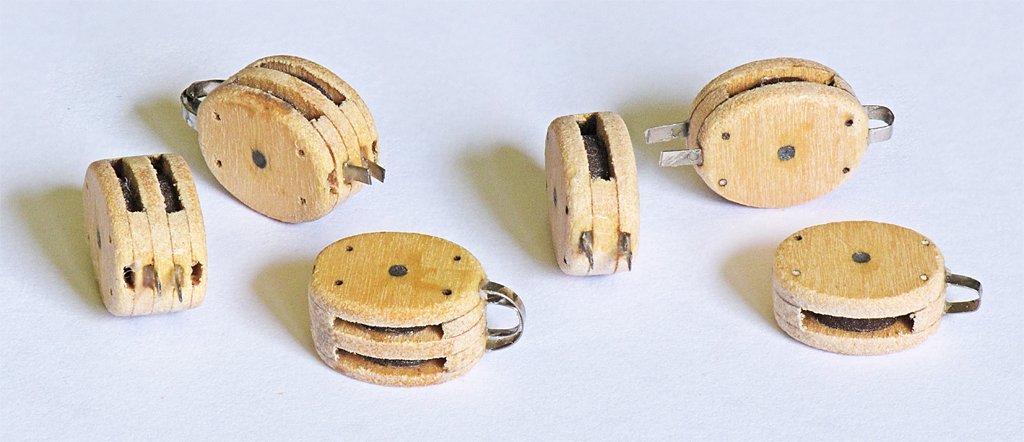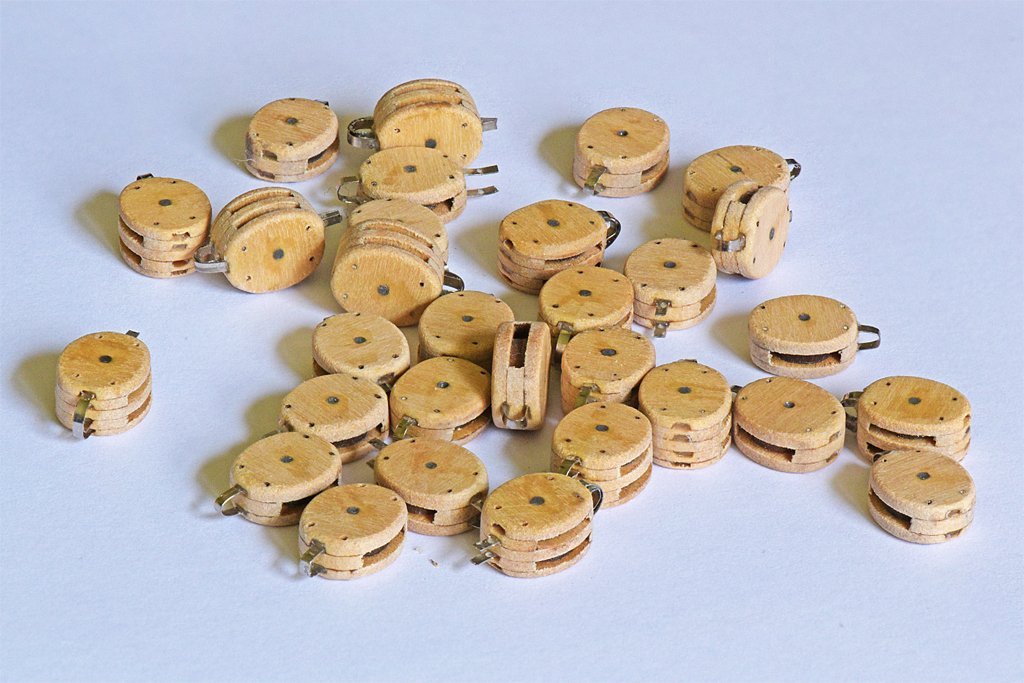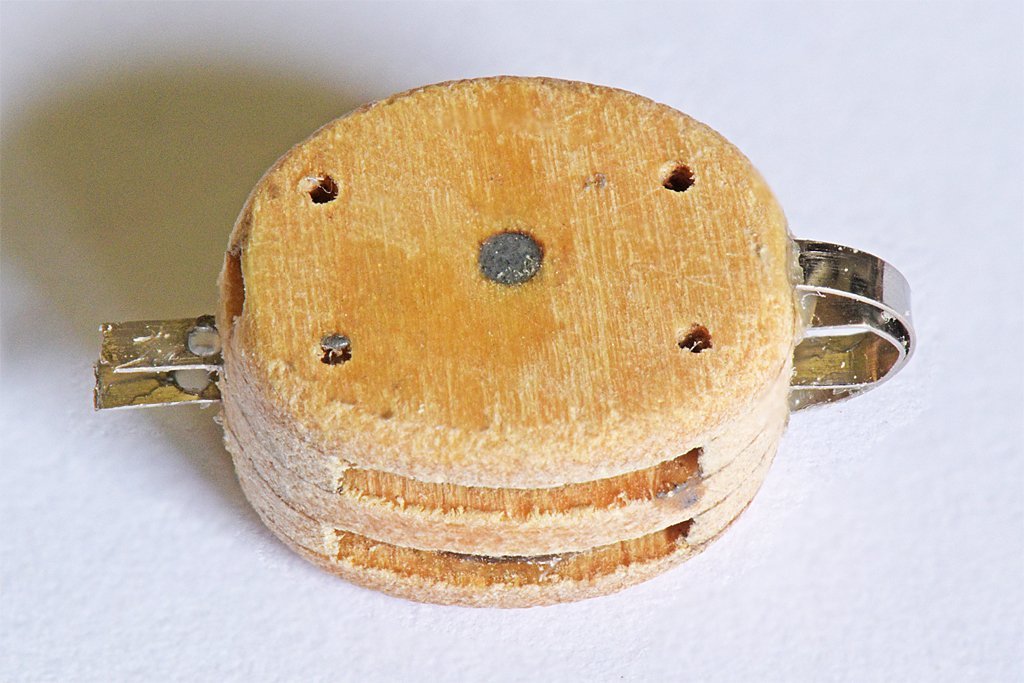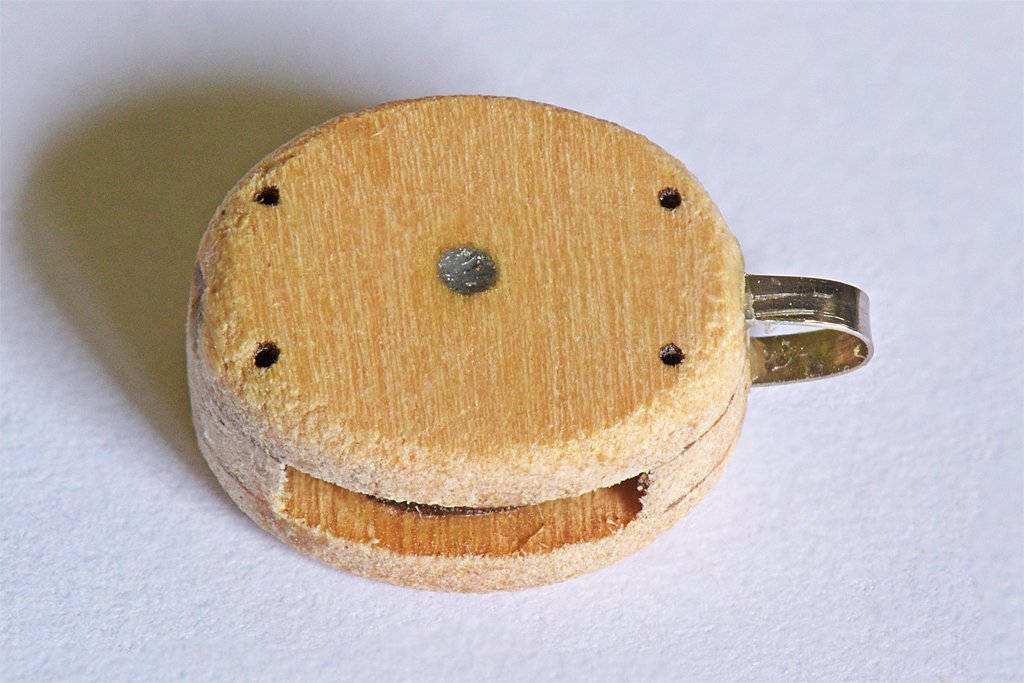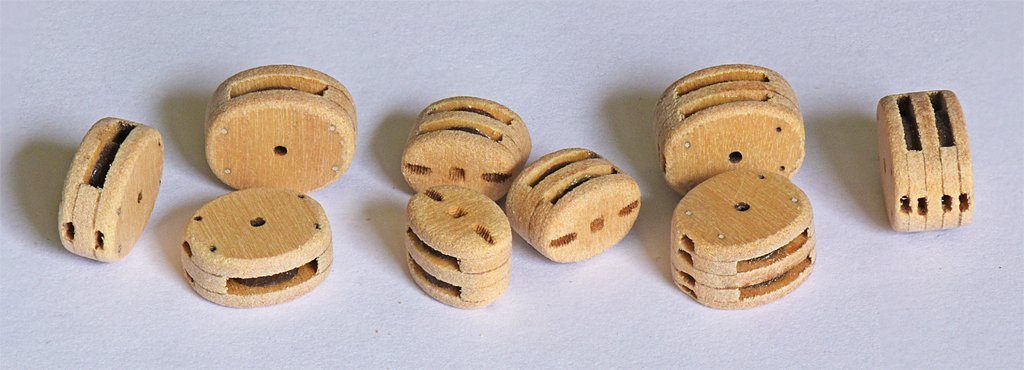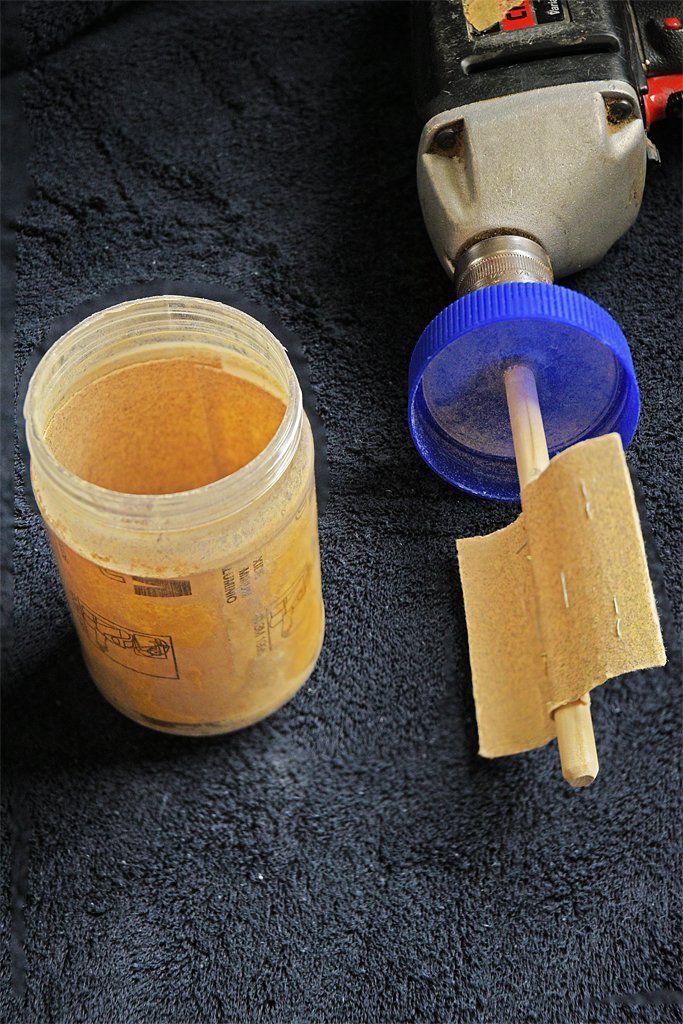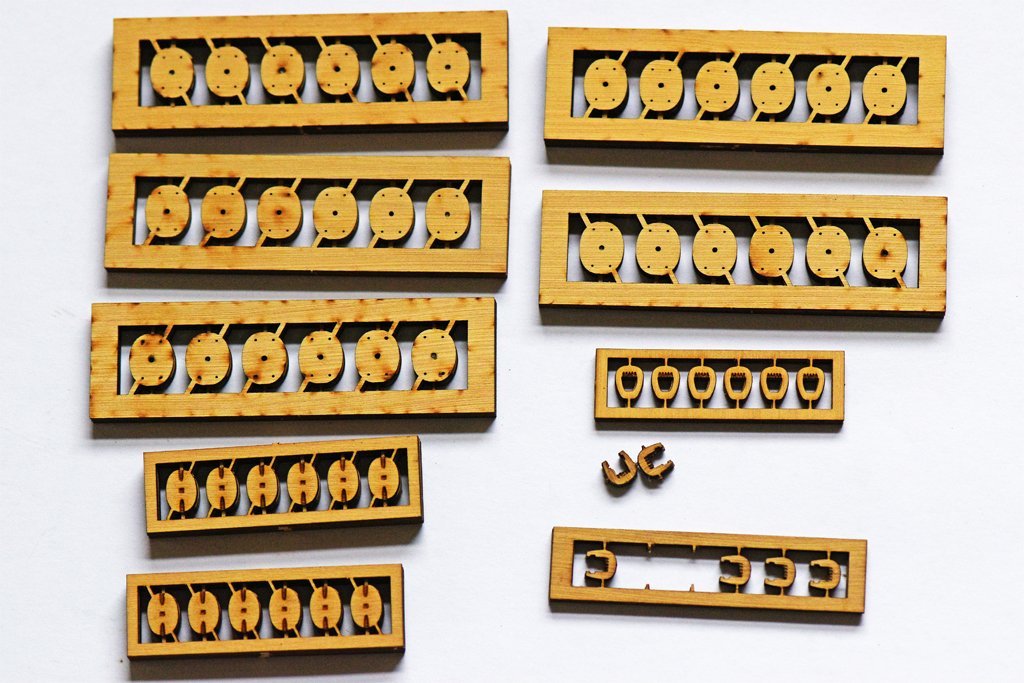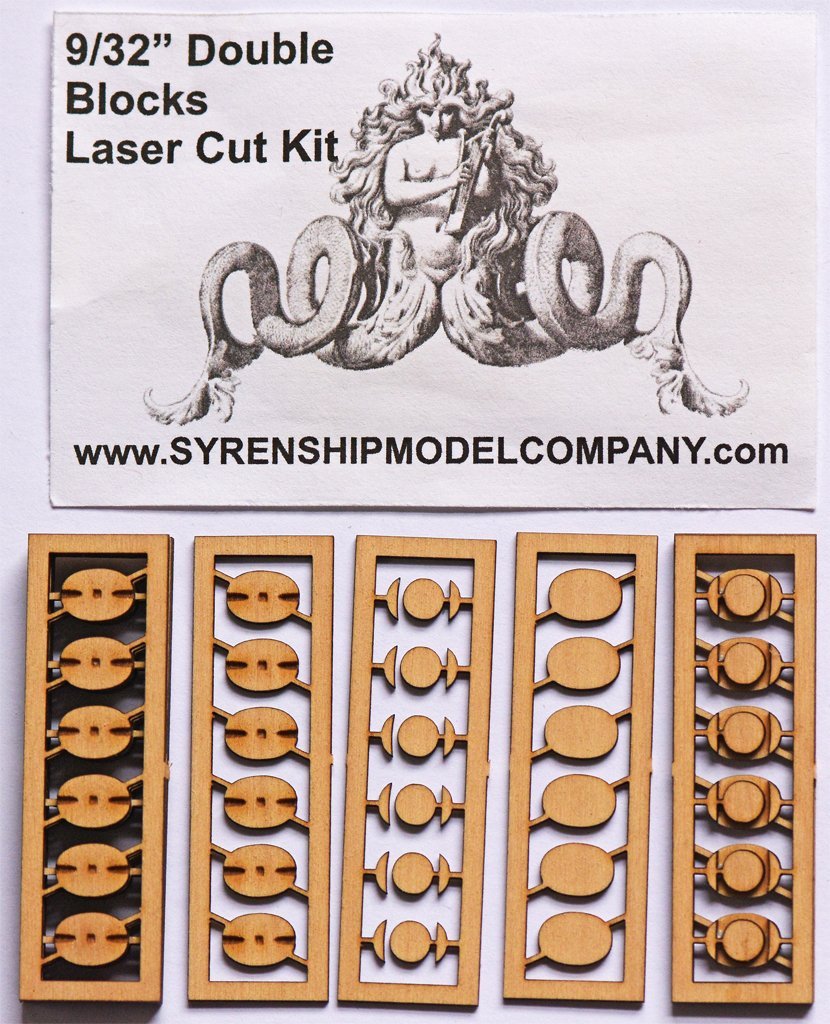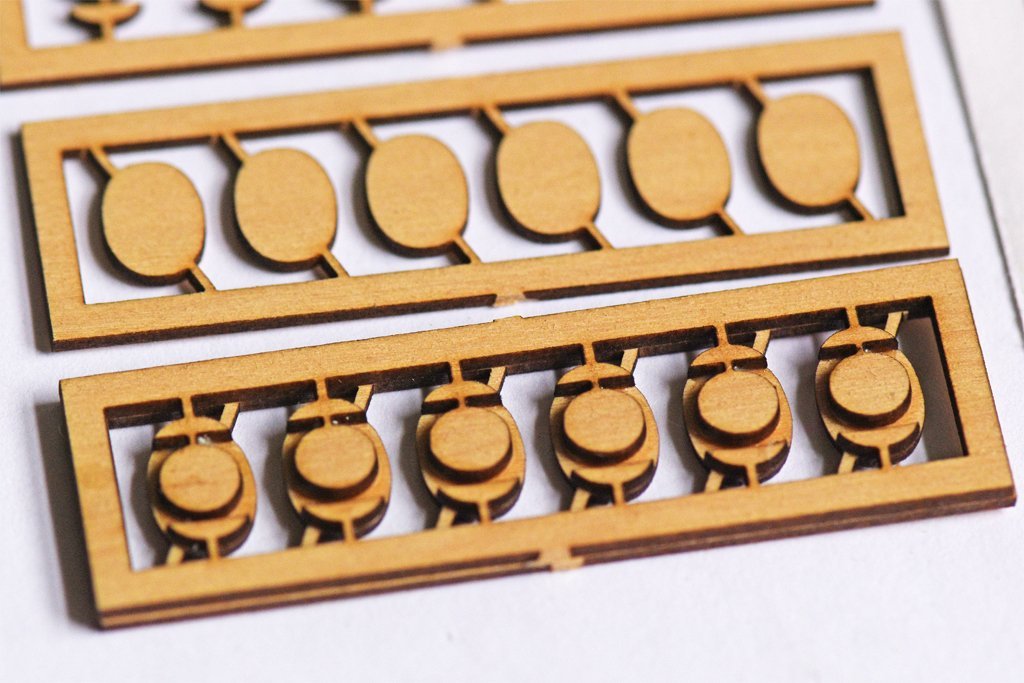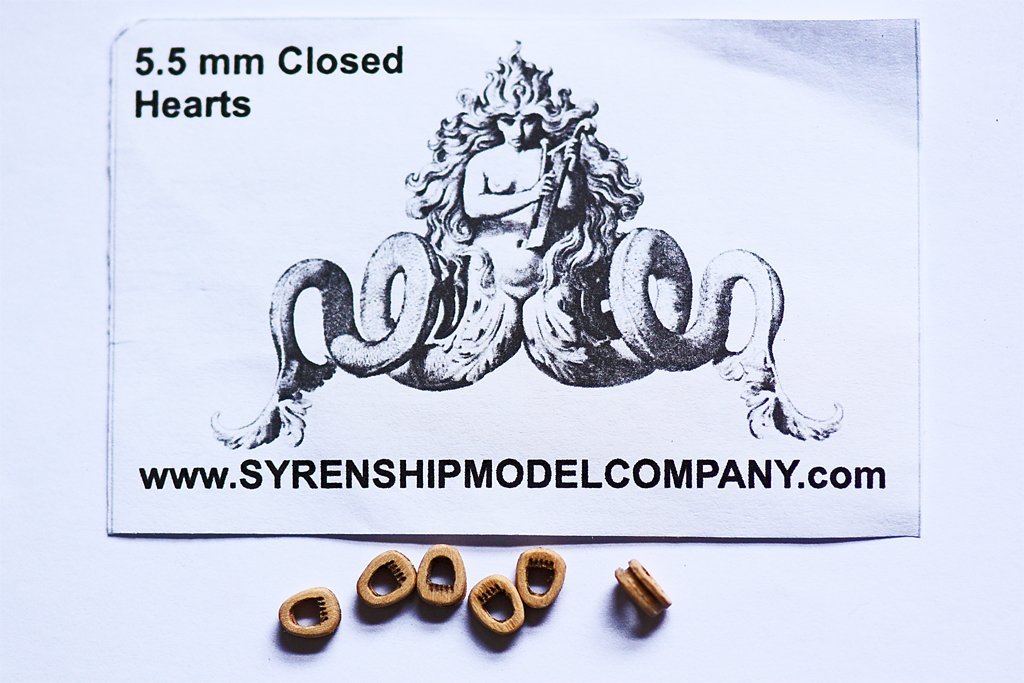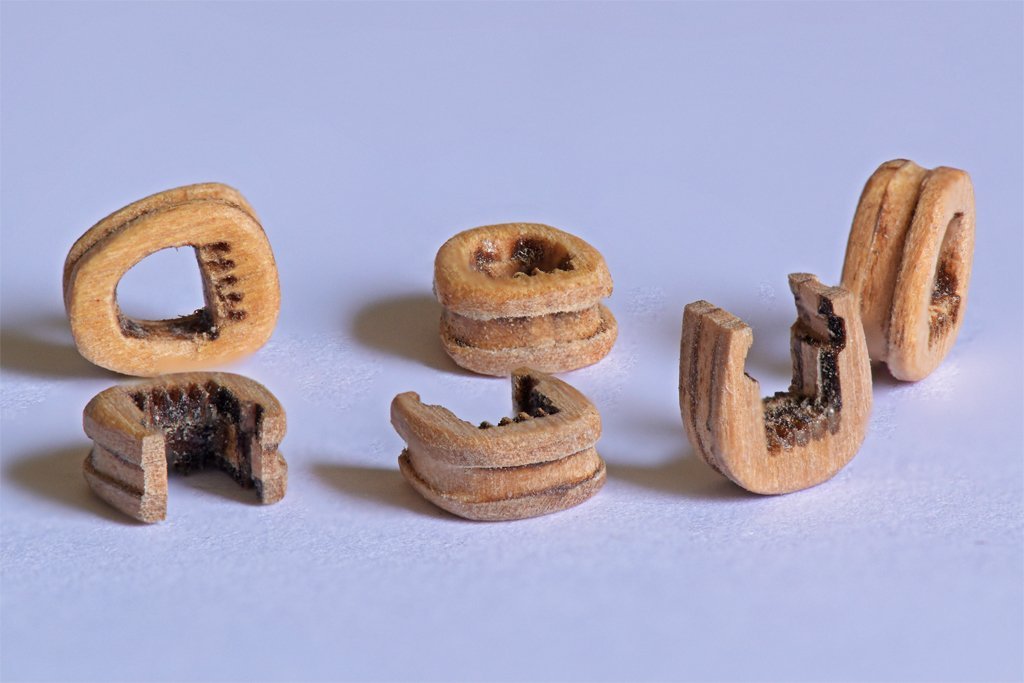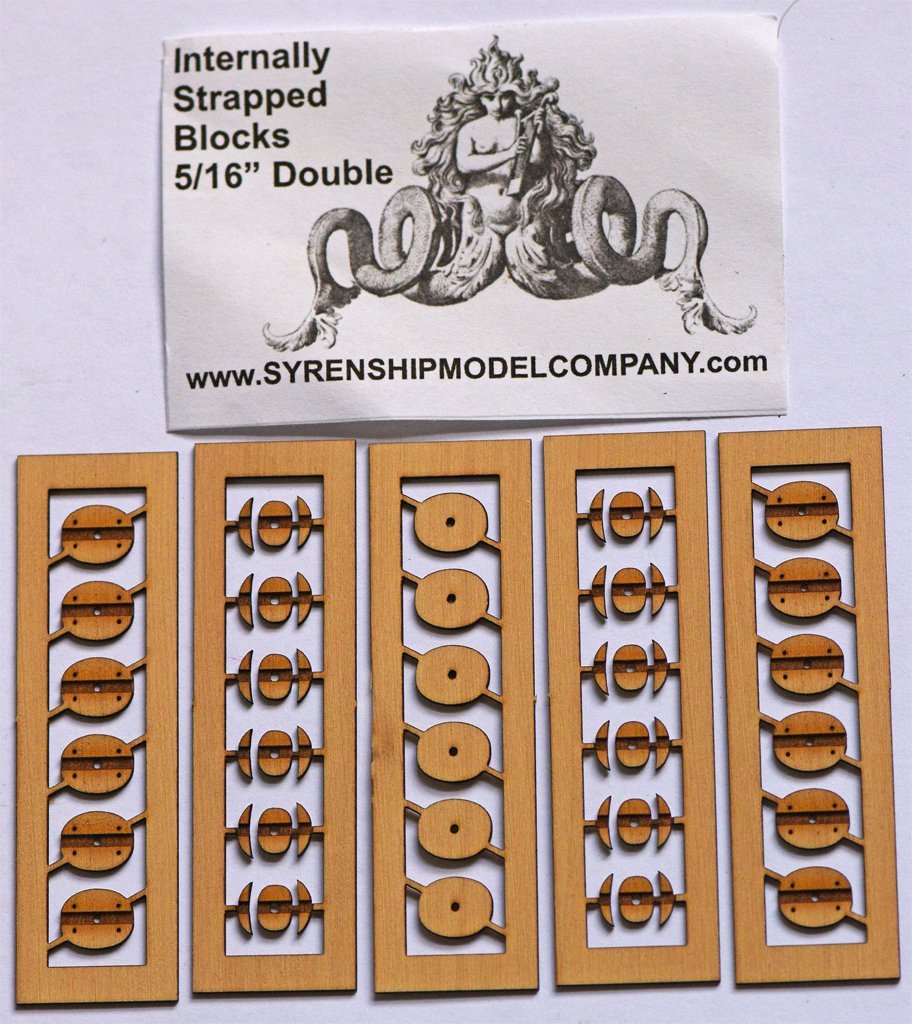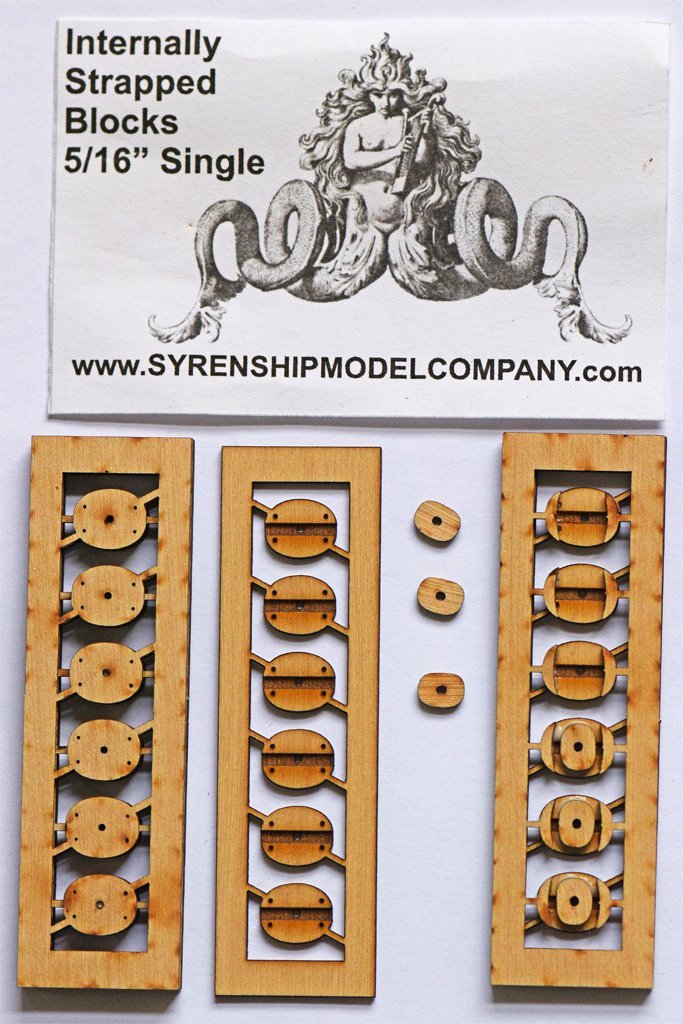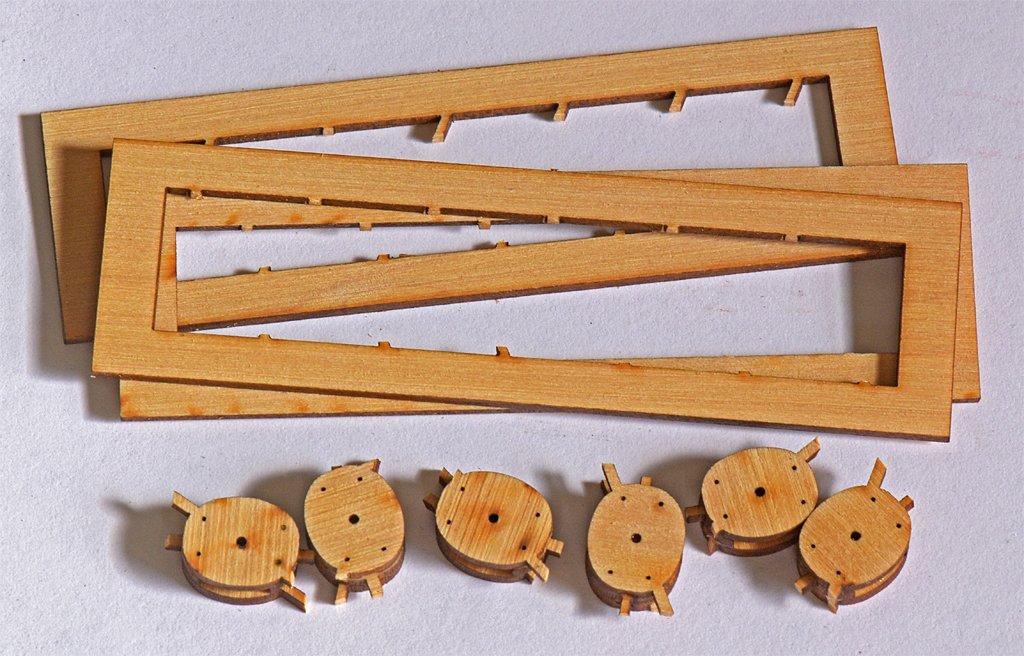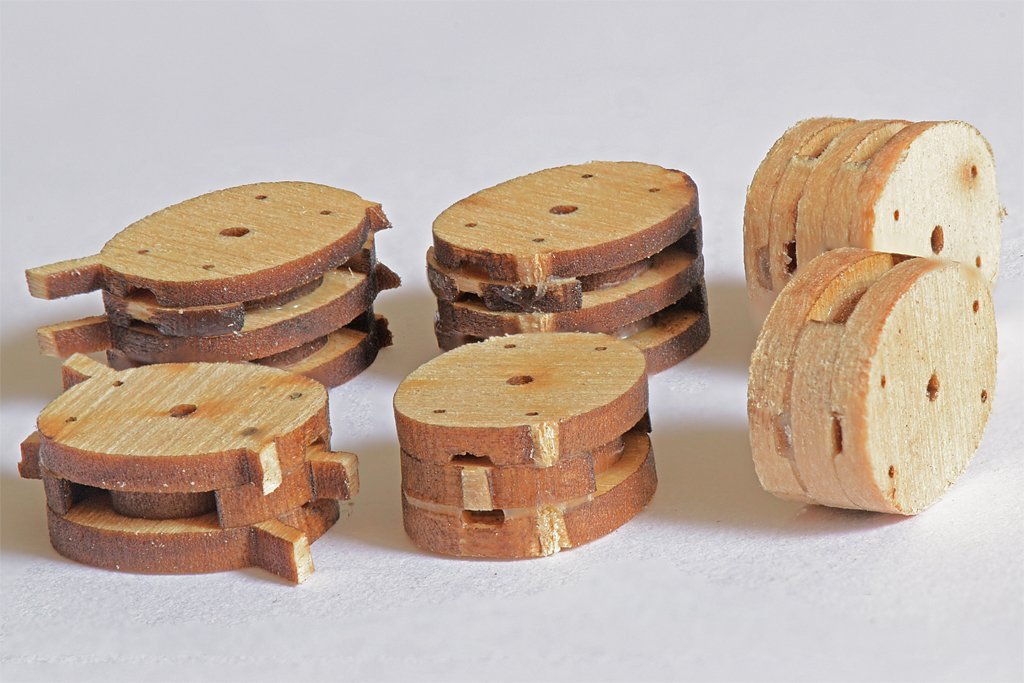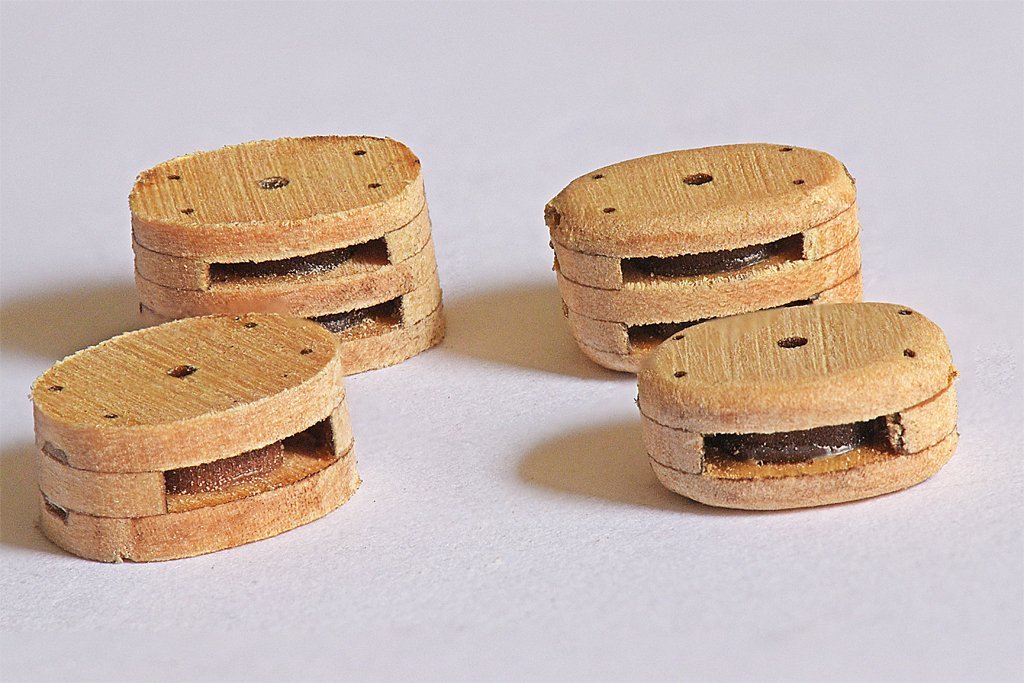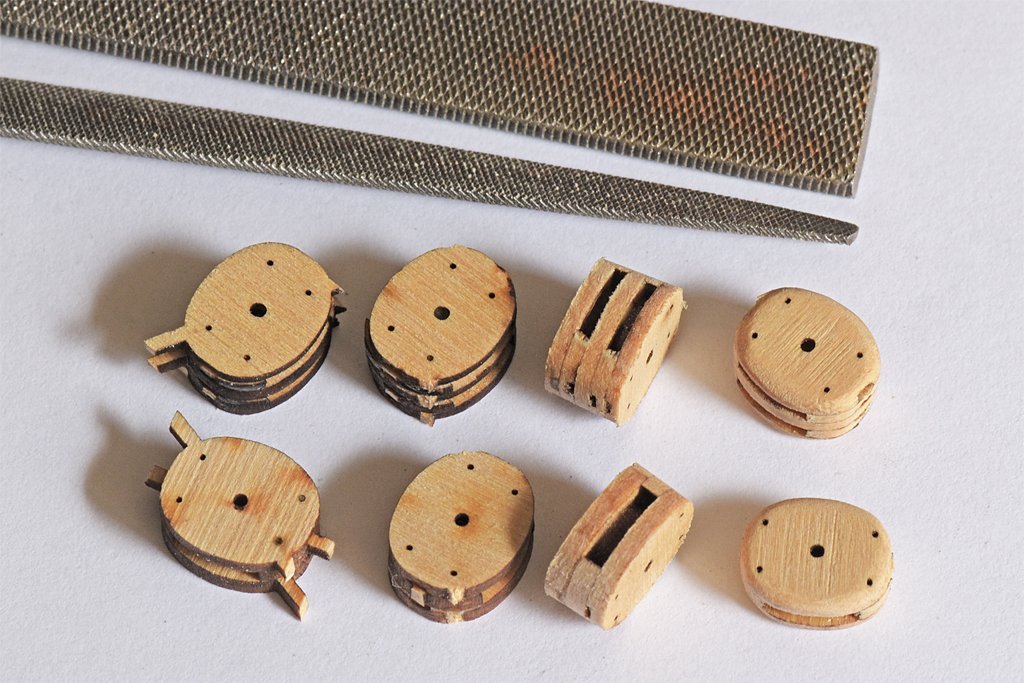-
Posts
2,408 -
Joined
-
Last visited
Content Type
Profiles
Forums
Gallery
Events
Everything posted by Dr PR
-
Bob, While the board feet in the log might not be worth $100,000, by the time they go through the selection process, then get a long log like that into the shop and do the processing into a mast the total cost might well be that high.
-
Bob, Your "big prime Doug fir" in the photo in post #19 appears to be only about 3 feet diameter. When I moved to Oregon in the 1970s loggers scoffed at such "toothpicks" - they weren't worth bothering with. A really BIG Douglas fir was about 15-17 feet diameter. Each piece was hauled out of the forest on a single railroad car. We used to see a single tree going down the road on three log trucks. One carried the huge base. The next carried the large second piece an perhaps the top. And the third truck carried two to four pieces from just below the top. But now they have cut most of the big trees, and what few are left are locked up in wilderness areas. Now we see trucks loaded with dozens of sticks less than a foot diameter. They are chipped to make "oriented strand board," a fancy term for garbage. A 120 foot long 3 foot diameter log has about 10,000 board feet. Douglas fir is currently selling at about $700-$800 per thousand board feet (milled). So an ordinary log that size would sell for less than $7000 to $8000. However, there is a premium paid for long poles (they are really difficult to get out of the forest on typical sharp curved logging roads). And really clear logs from trees with no lower limbs (knots) bring a high price for making plywood veneer (I worked many years automating plywood lathes). A $100,000 tree would be VERY special!
-
Perhaps they were belaying points to accept hooks on the mast tackle?
-
pocojo, As Allan said, Howard Chapelle's "The American Fishing Schooners 1825-1935" (W. W. Norton & Company, New York, 1973) is the best reference for schooners like Bluenose. It has 370 pages of illustrated notes describing in detail the small features of these vessels. There are also several Bluenose builds on the forum where you can see the problems and solutions others have found. If you are looking for general terminology and other information about schooner rigs I have posted some information here: https://modelshipworld.com/topic/25679-topsail-schooner-sail-plans-and-rigging/?do=findComment&comment=750865
-
I am surprised that Netfabb has those file name errors. When I first used it (many years ago) it was not from AutoDesk. I can believe AutoDesk hasn't bothered to fix the file name errors - just milk it for all the cash it can bring in with minimal expense to maintain. I suspect it is the parentheses in the file names that causes the problem in Windows. I have used hyphens in file names many times. Microsoft's 3D Builder is easier to use, but it doesn't offer as many options (or need as many menus, pop-up windows, etc.) However, the user interface is pretty strange, unlike any other program I have seen on any operating system. It takes some getting used to. After 3D Builder repairs the file I just save it under the same STL file name to eliminate the unrepaired version. I rescale files in the slicer program (Chitubox). **** The only problem I have found that 3D Builder cannot repair is zero thickness surfaces within openings that should penetrate the part. This is a problem with the DesignCAD program I use - it thinks the interior of the holes does not exist. I eventually discovered it is due to the way DesignCAD defines surfaces with openings in them. It creates a plane with a hole in it by wrapping the outer edge in and around the hole and back as shown below. This surface has only one "outer" edge (the visible line), and apparently that isn't legal in STL files. So 3D Builder just makes a rectangular plane that fills in the hole. The solution is just to not do this in your files. You need two or more separate planes wrapping around the hole - with no one plane wrapping around more than half the hole. It's all part of the joy of 3D printing!
-

Failed print but also not fine enough detail
Dr PR replied to Srenner's topic in 3D-Printing and Laser-Cutting.
I use Microsoft's 3D Builder (free) to check STL files for errors. In most cases where my STL files have problems it fixes them. -
Per, I am glad you found my build interesting. It has been a learning experience for me. And I am also glad to know that I am not the only one who takes decades to finish a build!
-
I find a coarse flat file to be the best tool to use for reducing the top section above the hounds (where the crosstrees fit) of a larger diameter mast. Then for the very top tenon that fits into the cap I use a hobby knife and small fine toothed files. I take measurements often to avoid removing too much wood. As for making masts from square stock, I had heard others say this was the way to go. I had always chucked dowels into a drill and used sandpaper to slowly grind the piece into shape. But on my last build I decided to start with a square piece and cut it down to size. First I cut the square piece down to the desired taper of the mast. Then I used a small plane to shave off bits of the corners to create the octagonal shape. Then I shaved off the corners of the octagon to get 16 sides. Then I chucked it into a drill and used sandpaper for the final shaping. This was MUCH faster and easier than trying to reduce the round dowel! MUCH!! Now I understand why all of the experienced modellers use this technique. It worked the first time and was a lot of fun. I have posted pictures and a description of the process here: https://modelshipworld.com/topic/19611-albatros-by-dr-pr-mantua-scale-148-revenue-cutter-kitbash-about-1815/?do=findComment&comment=908539 Also note that I kept the mast square under the hounds for the cheeks to fit onto. You can't do this if you start with a round dowel. Then I shaped the top, including cutting it octagonal just for show.
-
Here are some photos of the Syren 5/16" (8mm) assembled blocks with internal straps. I decided it would be better to assemble the straps in the blocks before staining. I assembled some with extensions for attaching hooks or shackles and some without, all determined by the rigging plan for my model. If you look closely you might see that I didn't follow Chucks instructions exactly. For all of the blocks I extended the metal straps across the entire height of the blocks. I am not sure how tightly the aliphatic resin glue will adhere to the metal straps, so I made the straps as long as possible, extending from top to bottom of the blocks. This meant that the holes for the "axles" of the sheaves are blocked by the straps. Chuck includes about twice the length of strap material as needed for the blocks, so if you screw up you can try again. He also supplied a wire (pin) that can be installed through the axle hole in the block and then filed smooth with the surface of the block. But if you run the straps the full length of the block as I did the wire will not fit through the block. Instead I mixed up a batch of JB Weld epoxy and put some of this in the axle holes. The JB Weld is dark grey like the wire, so the holes are filed with something that looks like the metal pin. A you can see these are really nice blocks - even if I didn't get perfect alignment of the extension for the shackles. The hardest part of this was drilling the 0.020" holes in the 0.03125" straps. I had about a 75% success rate - it's a good thing Chuck supplies extra strap material! Now they are ready for staining. If it ever quits raining here (we are well into April and it is still snowing and sleeting) I will get outside and stain the blocks.
-
No two planks are the same. The width of the "nib" is 1/2 (or 1/3 on some vessels) the plank width from one side to the center of the plank, and is the same on all planks. But the angle back to the other side of the plank is determined by the angle of the margin board. So every plank has to be fit in situ. On my current build I planked from the center outward. I cut the nib to 1/2 the plank width. First I marked the center of the end of the plank with a pencil. Then I slid the plank along the already laid inboard plank up to where the end of the new plank came to where the inboard plank met the margin board. With the new plank in this position I marked the margin board along the end of the new plank, out to the center of the plank. Then I marked the position on the new plank where the outboard edge crossed the margin board. I also marked this position on the margin board. Then I trimmed the new plank back from the center of the end to where it crossed the edge of the margin board. Then the plank positioned over the margin board and the outline was drawn on the margin board. Next I cut the nib into the margin board. Now the plank fits into the cutout in the margin board. This was a lot easier than I had imagined it would be, and the nibs came out symmetrical port to starboard! I have posted photos of the process here: https://modelshipworld.com/topic/19611-albatros-by-dr-pr-mantua-scale-148-revenue-cutter-kitbash-about-1815/?do=findComment&comment=605072
-
Allenyed is right that the way lines were belayed changed over time. For earlier smaller vessels the lines were often belayed to cleats or cavels (kevels) on the bulwarks, or just tied off to railings. Sometimes lines were tied off to cleats fastened to shrouds. There was a lot of variation over time. Also, keep in mind that some things were not permanently attached. Runner or lead blocks were often attached to a handy point to allow a line to be redirected to wherever the crew had room to work, and often the attachment point depended upon the tack or wind direction. Some stays had a tackle at deck level that was unhooked and moved to different positions depending upon the tack and where booms or yards were angled. The one thing I have learned from studying sailing ship rigging is that there were no absolute rules. If it could be done it probably was on one ship or another.
-
I decided to make a tumbler to finish the blocks. I had 39 blocks that needed the edges rounded. It would take several minutes to do each one by hand, or at least an hour and a half to two hours. My fingers would be very sore and the hands would surely start cramping before they were finished. It took less time than that to make a simple tumbler. I glued some 80 grit sandpaper into the interior sides an old peanut butter jar. Nothing special about this sandpaper - I just had some on hand. But the coarse grit is important. A 0.375" (9.5 mm) wooden dowel served as the shaft. A strip of the same sandpaper was folded double and glued to the dowel. I also fastened the sandpaper to the dowel with small brass nails. A few staples held the sandpaper together and pulled it tighter around the dowel. I drilled holes in the bottle cap and the bottom of the jar for the dowel to rotate in. Then the blocks were put into the jar, the lid screwed on, and the thing was chucked into a 3/8" hand drill. I ran the drill at medium speed and checked the progress every few minutes until the blocks were rounded to my satisfaction. It took about 8 minutes to process the smaller 9/32" double blocks and about 12 minutes for the larger 5/16" single and double internally strapped blocks. Neither the drill nor the jar heated noticeably during the operation. After tumbling I finished them with 220 grit and then 600 grit sandpaper to remove any surface marks left by the saw/planer on the original sheets of wood. I think the results speak for themselves. The tumbler produced more consistent results than hand shaping would have done.
-
After assembling four dozen of these things - without rounding the edges yet - I think I will build a tumbler for all the rest. My fingers are really sore from holding these little things while I was filing and sanding! As I said, some of the glue squeezed from between the sheaves and the other layers and flowed into the channels for the metal straps. After the glue dried some of the channels were blocked. I used a 0.025" (0.6 mm) drill bit to open the channels, followed by a section of a very small jeweler's saw blade in a pin vise to square up the channel. It wasn't much trouble, but was a bit of extra work.
-
Well, it is getting warmer, and today we saw the sun. But it is supposed to start raining again next week. This has been a very wet winter and spring has also been WET! But it is almost warm enough to start staining and painting, so I am preparing for that. The current project is preparing blocks and hearts for staining. I have several sizes of blocks and hearts from Syren that must be assembled. The picture shows the 5.5 mm open and closed hearts, 9/32" double blocks and 5/16" single and double internally strapped blocks. These parts must be assembled, and this is my first time doing this, so I thought I would describe the process. These are very nice pieces, but you do need to be careful assembling them. The tabs that connect the pieces to the surrounding frames are extremely thin and will break easily. You can see two of the open hearts that escaped from their confines while I was handling the parts! With all of these parts you must be very careful applying the glue to avoid breaking the pieces from the frames. But, as you will see, this isn't too much of a problem. The hearts were the easiest to assemble. They are three layers, one inside layer and two outer layers. You just apply glue to an outer layer and position the inner layer on it. Then you glue the other outer layer to the inner layer. The inner layer is a bit smaller than the outer layers, creating the groove for the stay that you see in this photo. Chuck's instructions say to use CA glue to cement the layers together, but I don't "do" CA. I used SIG-Bond aliphatic resin. CA might work for the simple hearts but there was no way I could have applied CA and put the more complex five-layers blocks together before CA hardened. The aliphatic resin gave me plenty of time to get the parts aligned before it started to set up. The 9/32" double blocks were a bit more complicated with five layers, but went together like the hearts. There are two outer layers, a center layer, and two sheave layers that are sandwiched between the inner and outer layers. Above you can see an inner sheave layer glued to one of the outer layers. At left is a complete five layer assembly on the left, still in the frames, the starting two layer assembly on the right, and the remaining three layers. The outer layers have grooves for the rope strop on the outside of the blocks, so be sure that you don't glue this surface to the sheave layer. Chuck's instructions say to align the inner corners of the frames and this works nicely to align all of the layers. He also says to apply the glue only to the parts of the blocks and none to the frames. And he says to apply liberal amounts of glue because you don't want these things coming apart because the layers weren't firmly attached. The 5/16" internally strapped blocks were a bit more complicated. In addition to the wooden parts there are several metal wires and flat straps to be assembled after the wooden parts are glued together. The single blocks were three layers, but the outer layers have a groove on the "inside" where the metal straps go, so you have to pay attention to which side you are gluing to the internal sheaves. The photo shows an assembled three-layer set on the left, a partially assembled outer and inner layer on the right, and other the six-part outer layer center left. I assembled seven sets of blocks without much trouble. However, when I opened one of the six-block 5/16" single block packages all of the internal sheaves had been broken from the frames and were loose in the package. This might have happened here after I received the sets from Syren. In any case, it really didn't matter. I glued the center layer (minus sheaves) to one of the outer layers and then glued each of the sheaves into place individually. You can see three of them glued in on the right and the other three waiting to be glued in place. After that the other outer layer was glued on. You can see the channel for the internal strap in the outer layer second from the left. Just be sure to assemble the blocks with this groove adjacent to the sheaves. The 5/16" internally strapped double blocks were a bit more complicated. There are five layers, as shown in the photo. When you are applying glue be sure to get plenty on the thin crescents at the ends of the block so they are firmly glued in place on the finished block. You need to pay attention when gluing the sheaves to the center layer - the grooves for the straps must be oriented against the center layer. Also, notice that the "sheaves" (oval center piece) are attached to only one of the outer crescents. You should orient both sheave layers the same way, with the sheave attachments on both layers on the same end of the block. This will allow your ropes to pass over the sheaves on the same end of the block. If you forget to do this you can always drill out the obstruction. The outer layers attach as with the single blocks, with the strap grooves on the inside against the sheaves. These blocks have double straps, one against the center layer, and the other in the grooves in the outer layers. You should use caution when applying glue to the inner sheave layers. The tabs attaching the parts to the outer frames are very thin, and you can easily break them off while applying the glue. As I noted above, this isn't a big problem because you can always glue each individual sheave in place before attaching the next layer. After the glue has set you can cut the blocks away from the frame. Chuck warns against the temptation to push them out with your fingers, because you might split off part of the blocks. I used a sharp hobby knife. As you can see in the photo the blocks come away with bits of the tabs attached. If you have followed chuck's instructions the frame layers will not be glued together. These actually turned out to be useful. I want to stain the blocks and I will use these frames to test the different stains and staining methods. The picture on the left shows the first steps for cleaning up the blocks. The tabs have to be cut away. This will leave a bit of a stub. I used a coarse flat file to remove these stubs and to smooth the three layers. If you follow Chuck's instructions the three (or five) layers will align closely, but there likely will be a bit of a mismatch. The file shapes everything into a smooth surface and removes the char from the laser cutter. The photo on the right shows the finishing steps to shape the blocks. If you are doing a lot of blocks a tumbler would be good to round off the edges. I don't have one so I used a finer file to round the edges. Then I smoothed them a bit more with 220 and 600 grit sandpaper. This is a tedious process, but I found it to be a relaxing form of meditation. However, I no longer have fingerprints on my left thumb and forefinger! Here is a photo of the four steps and the files I used. I encountered one minor difficulty as a result of the liberal amounts of glue I used. Some of the strap channels were blocked by glue. I cleared as much glue as I could (being careful to not break off the sheave from the frame) before attaching the layers together, but there was some glue blocking the strap channels on a few of the blocks. In most cases the metal straps supplied with the kit pushed through with no problem. But on some I used a piece of a very thin jeweler's saw blade to push through and open the channel. You could also use a drill bit. With these blocks and hearts assembled I can now proceed with staining these and all the other blocks that I will use on the model.
-
For me the main benefit of a drill press or milling machine is that the bit is held securely on the vertical axis (axis of rotation). If you are drilling by hand into wood that has growth layers (grain), when the bit encounters the interface between soft and hard layers the bit will tend to cut more into the softer layer. This causes it to wander, and there is virtually nothing you can do to stop it. But in a drill press or milling machine the it will be held in alignment in the vertical axis so it cuts into the harder wood - if the machine has very little runout (wobble). As mentioned above, with very small drill bits you must chuck the bit with the minimum necessary length protruding out of the chuck so the bit doesn't flex. The second benefit of a milling machine (or a drill press with an X-Y table) is that you can drill a series of holes in a straight line. The X-Y table allows you to move the piece by an exact increment in a straight line, allowing you to create a neat precisely spaced series of holes. Again, if you are trying to do this by hand and the wood has grain the bit will wander and the result looks like it was made by a drunken sailor. Another benefit is that holes that are drilled with a drill press or milling machine will be vertical/perpendicular to the surface. When using a pin vise or hand held drill you really can't expect to get perfectly perpendicular holes. And you can always use an angled support (or tilting vise) to hold the piece at a desired angle to get repeatable holes at the same angle to the surface.
-
Be sure to let us know how it works! I have a couple of old models that could use a bit of line handling.
-

1/48 3 ball with capping rail stanchions
Dr PR replied to Richard Dunn's topic in Metal Work, Soldering and Metal Fittings
I can't help you with a source for these. But I think I have seen something similar from a British company. I have seen similar stanchions made up from two (0.07 mm) or three (0.5 mm) layers of photo etch brass soldered together. With multi-layer etching the layers could be formed with beveled sides and solder could fill the "jaggies." After they are soldered they could be rounded with a file in a lathe or drill. Pressing in a mold to form the round balls would close the holes. Drilling 0.5 mm (0.020 inch) holes in round things can be tricky. Small bits are flexible and can wander. However, with the holes etched in the parts the drills should run true to clear out any solder that flowed into them. -

sanding sealer
Dr PR replied to CLovehitch's topic in Building, Framing, Planking and plating a ships hull and deck
Sanding sealer can still be found. I think it is clear dope with talcum powder (or something like that) mixed in. -
I have been procrastinating on this build for too long! I have three very time consuming projects that are consuming my time (anyone have a spare $1.5 million to replace an aging boardwalk?), and cold weather has delayed some of the painting/staining. But the real delay is making the pin rails along the bulwarks. For these the holes for the belaying pins must be evenly spaced and drilled in a straight line. If I don't do this correctly they will look awful! I really need a milling machine with an X-Y table, but I don't have one. All I have is a cheap Dremel "drill press" (a piece of junk) that wobbles and has no precision. But I have used it in the past with success. I just need to clamp on guides and create a stepping tool so I get straight evenly spaced holes. It is a hassle, but I think I can make it work. Now all I need is the time to set up and do the work. And I plan to string all the different sized blocks on thread or wire, with each size on a separate string. This way I can stain them all at once without getting them mixed up. It is almost warm enough outside to proceed with this. To be continued ...
-

Occre Santisima Trinidad - Mast/Spar sizing questions
Dr PR replied to bc_63's topic in Masting, rigging and sails
Bryan, The masts tapers a bit from the deck (partners) up to the hounds (where the trestletrees fit onto the mast). The mast is round up to the hounds where it is square again for the cheeks to attach. The testletrees rest on top of the cheeks. Above this the mast may be round, square (with or without champfered edges) or octagonal, according to the preferences of the designer or requirements of the owner. Where the mast fits into the top piece the hole is square so the top can't rotate around the mast. The hole in the top for the top mast is round, The foot of the top mast is square or rectangular to fit between the trestletrees. The topmast can be raised or lowered through the opening between the trestletrees. A fid (pin through the base of the mast) prevents the topmast from dropping through the opening between the trestletrees. Here is a link to the masts of a model I am working on. Not exactly the same as what you are building, but it illustrates some of the principles: https://modelshipworld.com/topic/19611-albatros-by-dr-pr-mantua-scale-148-revenue-cutter-kitbash-about-1815/?do=findComment&comment=908539 https://modelshipworld.com/topic/19611-albatros-by-dr-pr-mantua-scale-148-revenue-cutter-kitbash-about-1815/?do=findComment&comment=924547 Hope this helps. -

Mast rake for the Occre kit 'Albatros'
Dr PR replied to AndrewHenwood's topic in Masting, rigging and sails
Andrew, I am also building a model of a topsail schooner called Albatros by Mantua. It is a different vessel from the Occre kit. https://modelshipworld.com/topic/19611-albatros-by-dr-pr-mantua-scale-148-revenue-cutter-kitbash-about-1815/?do=findComment&comment=598658 The Occre schooner is flying the American flag, so it would be rigged like an American schooner. I studied Chapelle's "The Baltimore Clipper" to determine mast rake. American schooners often had a more pronounced rake than British and other European vessels, although the French started building schooners with quite a bit of rake. However I would guess your Albatros with the raised quarter deck and cabin is more likely to be a commercial vessel with less extreme mast rake that the privateer, smuggler and slave vessel schooners. I examined plans and drawings for 17 Baltimore clippers and found the mast rakes to be: Fore mast - 11.5 degrees average, with a range of 7-16 degrees Main mast - 13.75 degree average, with a range of 8-22 degrees I have posted several other threads about masting and rigging topsail schooners that you may find useful: Sail plans and descriptions https://modelshipworld.com/topic/25679-topsail-schooner-sail-plans-and-rigging/?do=findComment&comment=750865 Belaying plan https://modelshipworld.com/topic/30234-topsail-schooner-belaying-plan/?do=findComment&comment=862302 Anchor rigging and handling https://modelshipworld.com/topic/27410-small-ship-anchor-handling/?do=findComment&comment=787942 -
Scotty, Many vessels didn't have a winch or capstan. The anchor was hoisted using a tackle (or two) hauling on a "messenger" line that was tied to the anchor cable. The cable was hauled in until the tackle two-blocked, and was then secured with "stoppers." Then the tackle was run out and the messenger tied to the cable again. The stoppers were released and another bight of the cable was hauled in, and so on. I describe the process here: https://modelshipworld.com/topic/27410-small-ship-anchor-handling/?do=findComment&comment=787942
-

Source for 1/16th x1/64 brass strip?
Dr PR replied to glbarlow's topic in Metal Work, Soldering and Metal Fittings
The 1/64" (0.0156") thick strip would be equivalent of 3/4 inch thick at 1:48 or 1 1/2 inch at 1:100. That would be pretty thick. You could use thinner brass - 0.008" or 0.005". Sheets are available on line or at many hobby shops. I cut this thin brass using an ordinary hobby knife with a #11 blade. An old blade will do (a new one will dull quickly). Just use a metal straight edge to guide the cut and make several passes until the cut goes through. Cut on a hard surface and you won't get much curl or waviness along the cut edge - much better than cutting with scissors or tin snips. The cut edge will have a bit of a bevel (sharp) so I usually touch up with a file. The nice thing about this is you can make any width strip. If you accidentally slip and mess it up it is easy to do over again. And you can create complex shapes if you feel adventuresome.
About us
Modelshipworld - Advancing Ship Modeling through Research
SSL Secured
Your security is important for us so this Website is SSL-Secured
NRG Mailing Address
Nautical Research Guild
237 South Lincoln Street
Westmont IL, 60559-1917
Model Ship World ® and the MSW logo are Registered Trademarks, and belong to the Nautical Research Guild (United States Patent and Trademark Office: No. 6,929,264 & No. 6,929,274, registered Dec. 20, 2022)
Helpful Links
About the NRG
If you enjoy building ship models that are historically accurate as well as beautiful, then The Nautical Research Guild (NRG) is just right for you.
The Guild is a non-profit educational organization whose mission is to “Advance Ship Modeling Through Research”. We provide support to our members in their efforts to raise the quality of their model ships.
The Nautical Research Guild has published our world-renowned quarterly magazine, The Nautical Research Journal, since 1955. The pages of the Journal are full of articles by accomplished ship modelers who show you how they create those exquisite details on their models, and by maritime historians who show you the correct details to build. The Journal is available in both print and digital editions. Go to the NRG web site (www.thenrg.org) to download a complimentary digital copy of the Journal. The NRG also publishes plan sets, books and compilations of back issues of the Journal and the former Ships in Scale and Model Ship Builder magazines.



